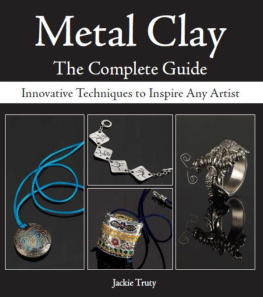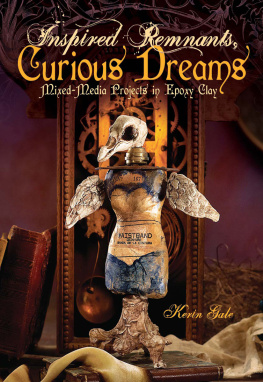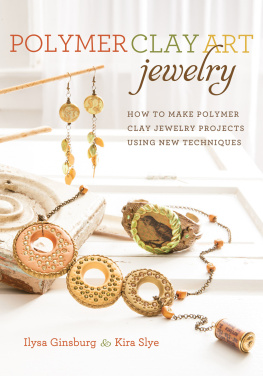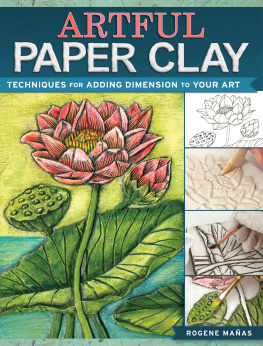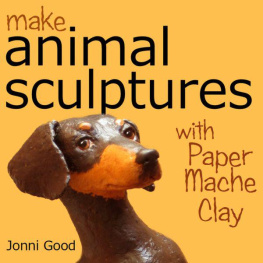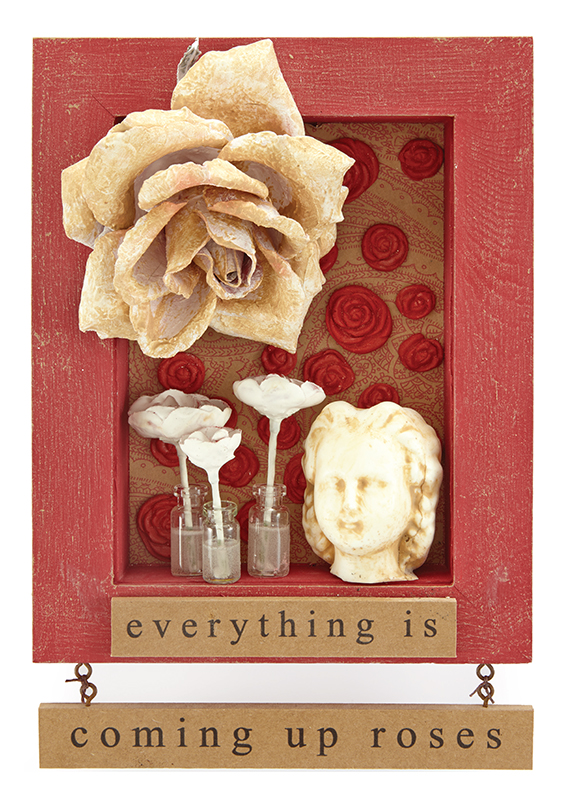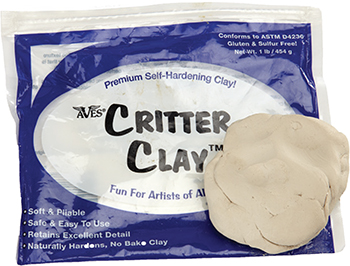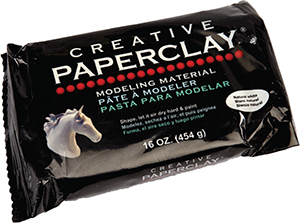Darlene Olivia McElroy - Mixed Media in Clay: Techniques for Paper Clay, Plaster, Resin and More
Here you can read online Darlene Olivia McElroy - Mixed Media in Clay: Techniques for Paper Clay, Plaster, Resin and More full text of the book (entire story) in english for free. Download pdf and epub, get meaning, cover and reviews about this ebook. year: 2016, publisher: North Light Books, genre: Art / Computer. Description of the work, (preface) as well as reviews are available. Best literature library LitArk.com created for fans of good reading and offers a wide selection of genres:
Romance novel
Science fiction
Adventure
Detective
Science
History
Home and family
Prose
Art
Politics
Computer
Non-fiction
Religion
Business
Children
Humor
Choose a favorite category and find really read worthwhile books. Enjoy immersion in the world of imagination, feel the emotions of the characters or learn something new for yourself, make an fascinating discovery.
- Book:Mixed Media in Clay: Techniques for Paper Clay, Plaster, Resin and More
- Author:
- Publisher:North Light Books
- Genre:
- Year:2016
- Rating:5 / 5
- Favourites:Add to favourites
- Your mark:
Mixed Media in Clay: Techniques for Paper Clay, Plaster, Resin and More: summary, description and annotation
We offer to read an annotation, description, summary or preface (depends on what the author of the book "Mixed Media in Clay: Techniques for Paper Clay, Plaster, Resin and More" wrote himself). If you haven't found the necessary information about the book — write in the comments, we will try to find it.
What can you do with clay? Anything you want.
For all that you can make with it, clay is an artists dream--the perfect way to add more mix to your mixed-media art. But if the baking and firing it usually requires arent your thing, youve come to the right book! In Mixed Media in Clay youll use this traditional medium in excitingly different ways (no oven or kiln needed), and well also explore a wide array of alternative clays and clay-like options (resin, plastic, paper mache, plaster and more, even homemade recipes) and the many surprising ways you can use them. Create jewelry beads or a large sculpture. Produce a print or a textural background for a painting. Cast a replica or a replacement part. Create art big and small. Theres no limit what you can do with clay and its creative cousins! Darlene Olivia McElroy and Pat Chapman expertly guide the way with plenty of inspiration, ideas, techniques and troubleshooting tips.
Inside you will find:
- 19 chapters covering printing, casting, molding, armatures, sculpting, pouring, dipping and more
- 12 types of clay and alternatives (including resin clay, paper mache, plaster, fiber paste and Critter Clay, powdered clay and more) plus recipes for six make-at-home clay mediums
- More than 130 techniques, more than 40 tips and countless project ideas
- Access to exclusive online content--4 full step-by step projects and even more tips and techniques
So, what are you waiting for? Let your clay-play adventures begin!
Darlene Olivia McElroy: author's other books
Who wrote Mixed Media in Clay: Techniques for Paper Clay, Plaster, Resin and More? Find out the surname, the name of the author of the book and a list of all author's works by series.



